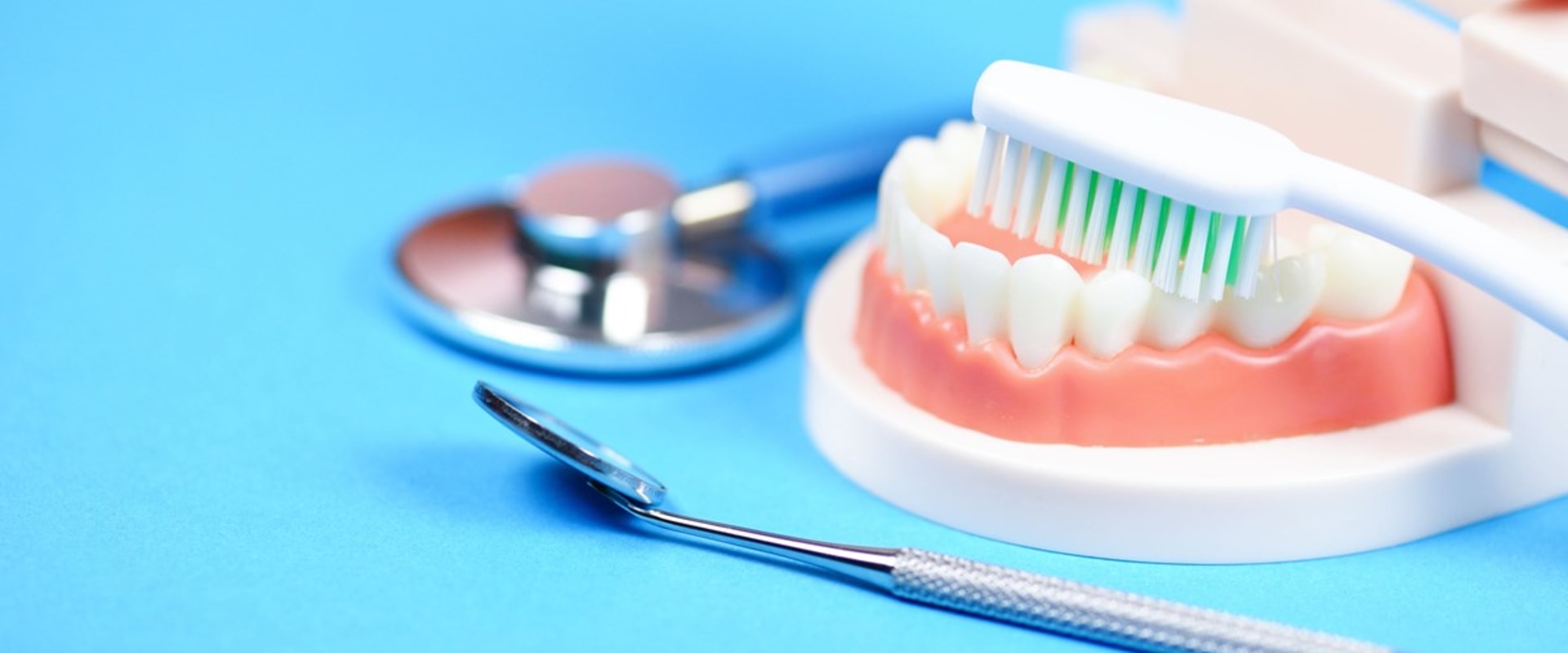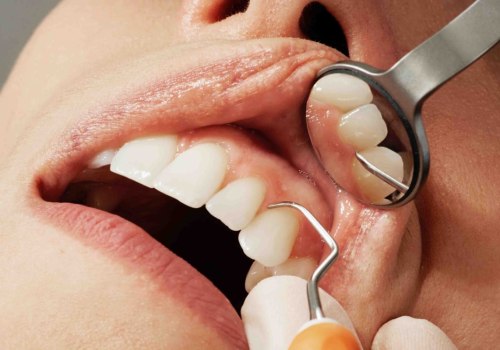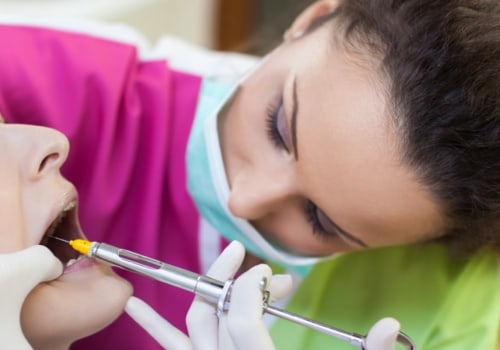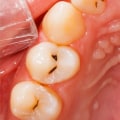Cosmetic dentistry and orthodontics are two distinct fields within dental care, each focusing on different aspects of oral health and aesthetics. Cosmetic dentistry primarily aims at improving the appearance of the teeth and smile. It includes procedures like teeth whitening, veneers, bonding, and crowns to enhance tooth color, shape, size, and overall smile appearance. Orthodontics, on the other hand, is concerned with correcting teeth and jaws that are positioned improperly. It involves treatments like braces, Invisalign, and other orthodontic appliances to align teeth and jaws for both functional and aesthetic reasons. While cosmetic dentistry provides immediate improvements in the appearance of the teeth, orthodontics addresses structural issues leading to long-term health benefits. Notably, in the event of dental misalignments or emergencies, consulting with an emergency dentist can guide whether cosmetic dentistry or orthodontic treatment is needed as part of the emergency care.
Cosmetic dentistry is the type of dental care you need when you want to improve the appearance of your smile. Orthodontics, on the other hand, is a specialized type of dental care focused on improving the position of the teeth and jaw to overcome an inadequate bite. Both orthodontics and cosmetic dentistry work with the teeth to achieve a more aesthetic and pleasant smile. However, there can be some confusion about what exactly each branch of dentistry entails and the difference between the two.
Cosmetic dentistry also focuses on the appearance of teeth, in addition to providing basic oral hygiene services. Many of the procedures offered by a cosmetic dentist are intended to correct damage caused by cavities or injuries that also affect the appearance of teeth. There are several procedures that the dentist may recommend to achieve this goal. Orthodontists tend to specialize in correcting dental irregularities.
Therefore, they may be consulted to help with misaligned or crooked teeth, an insufficient bite, or a crowded mouth. A cosmetic dentist deals directly with teeth, aesthetics and the way they feel, as well as how teeth work in the mouth. Therefore, you can consult a cosmetic dentist for veneers to treat the problem of stained or golden teeth, for example. Beginning in the 1980s, some of these treatments were grouped under the general term “cosmetic dentistry”.
However, this term can be a little confusing since orthodontists also focus on improving the patient's appearance through straightening the teeth and rebuilding the smile. As a result, some patients may be confused as to whether an orthodontist or cosmetic dentist will best suit their needs. If you are looking for clarification on the dynamic “orthodontics vs. cosmetic dentistry”, you've come to the right place.
We are going to break down how these two specialties intersect and differentiate from each other. Compared to orthodontics, cosmetic dentistry is a much broader field that requires no special credentials to practice. As a term, “cosmetic dentistry” refers to a range of treatments that any general dentist can provide to solve aesthetic problems related to teeth, bite and gums. Although some of these treatments improve oral functionality, the main goal of cosmetic dentistry is to improve the appearance of the smile and not treat health problems.
Although orthodontics and cosmetic dentistry are two different dental disciplines, they intersect in several ways. For example, orthodontists and cosmetic dentists offer treatments for crooked teeth. In this comparison, we can see the general dynamics of “orthodontics vs cosmetic dentistry” at play. The orthodontist will create a comprehensive treatment plan to improve the patient's oral health and beauty.
Meanwhile, the aesthetic dentist is likely to focus solely on improving appearance and may not be able to correct any alignment problems that go beyond aesthetics. Cosmetic dentistry is an excellent treatment route if you want to treat cosmetic problems such as damaged teeth or a discolored smile. However, there are significant limits to what a cosmetic dentist can do to treat a misaligned smile. It may surprise you to learn that there is no requirement to enter the field of cosmetic dentistry that any dentist can claim to practice cosmetic dentistry.
However, there may be some confusion about what each branch of dentistry entails and the differences between cosmetic dentistry close to you and orthodontics. Cosmetic dentistry and orthodontics are totally different aspects of dental care, which are usually performed by two totally different professionals.








